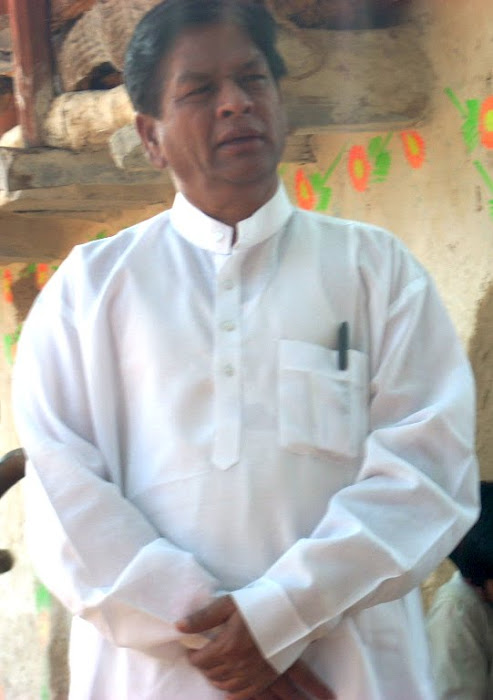Introduction
Bundelkhand lies between the Indo-Gangetic Plain to the north and the Vindhya Range
to the south. It is a gently-sloping upland, distinguished by barren hilly
terrain with sparse vegetation, although it was historically forested. The
plains of Bundelkhand are intersected by three mountain ranges, the Vindhya,
Fauna and Bander chains, the highest elevation not
exceeding 600 meters above sea-level. Beyond these ranges the area is further
diversified by isolated hills rising abruptly from a common level, and
presenting from their steep and nearly inaccessible scarps eligible sites for
forts and strongholds of local kings.
Sub Regions
Yamuna Strip: The northern most
part of Bundelkhand, along the Yamuna, is a narrow ravine strip, which is
thinly inhabited and traditionally infested with dacoits.
Bundelkhand
Plain:
As we move southwards, we come across vast flatlands of the Bundelkhand Plain, running across Jalaun,
Bundelkhand
Intermediate:
Most of
Bundelkhand
Plateau :
South of the intermediate region, lies the Bundelkhand Upland or plateau ,
covering southern parts of Lalitpur, Tikamgarh and Chitrakoot districts and
Panna district. This plateau is characterised by large tracts of rocky
wastelands and undulating terrain, which enables natural or manmade storage of
water. A large number of manmade structures, built several centuries ago, are
found in Tikamgarh tehsil, which thus boasts of relatively high agricultural
productivity.
Eastern Forests: In the eastern
portion of Bundelkhand Upland, we see two different kinds of forested
areas. The first, in Panna district, is a narrow belt of flat-topped hill
ranges with steep cliffs. This area was once thickly forested; it is still
Bundelkhand’s most forested region, with a large tribal population, but due to
decades of overexploitation and poor management, much of the jungle is of poor
quality.
Patha Plateau:
As
its name suggests, the Patha is a rocky region, cut by deep valleys of
torrential rivers that are dry a few months after the monsoons. Much of the
region is covered by scrub forests, is thinly populated and till the 1980s, was
largely inaccessible. The majority of the population is of Kol tribals.
Agriculture is done on stretches of thin soil cover.
Sagar Plateau: The southernmost
part of Bundelkhand is formed by the Sagar and Damoh plateaus, which truly
speaking do not belong to the region. The Sagar Plateau forms the eastern edge
of the Malwa plateau. It rises about 1,400 feet and is bound by the





